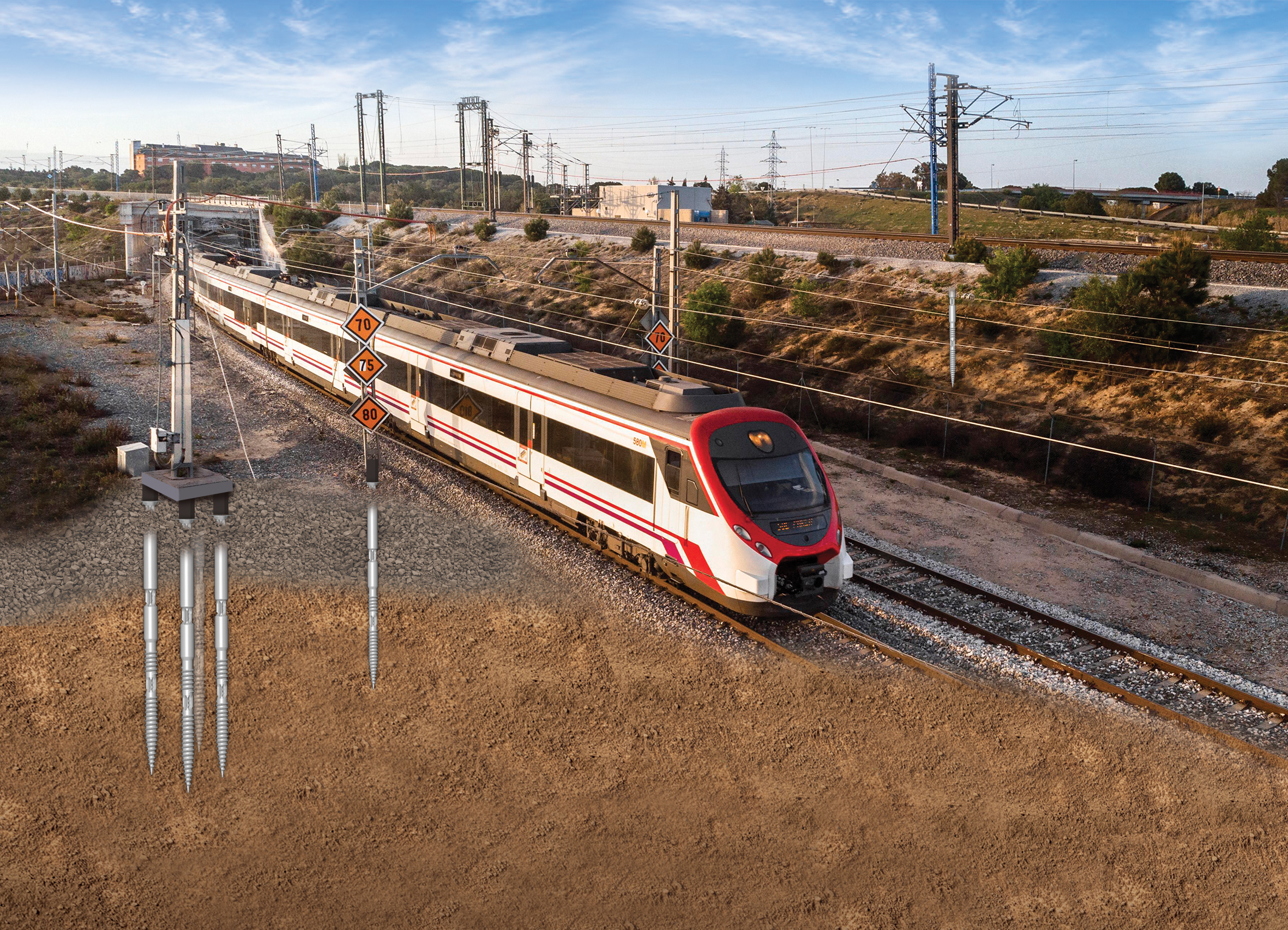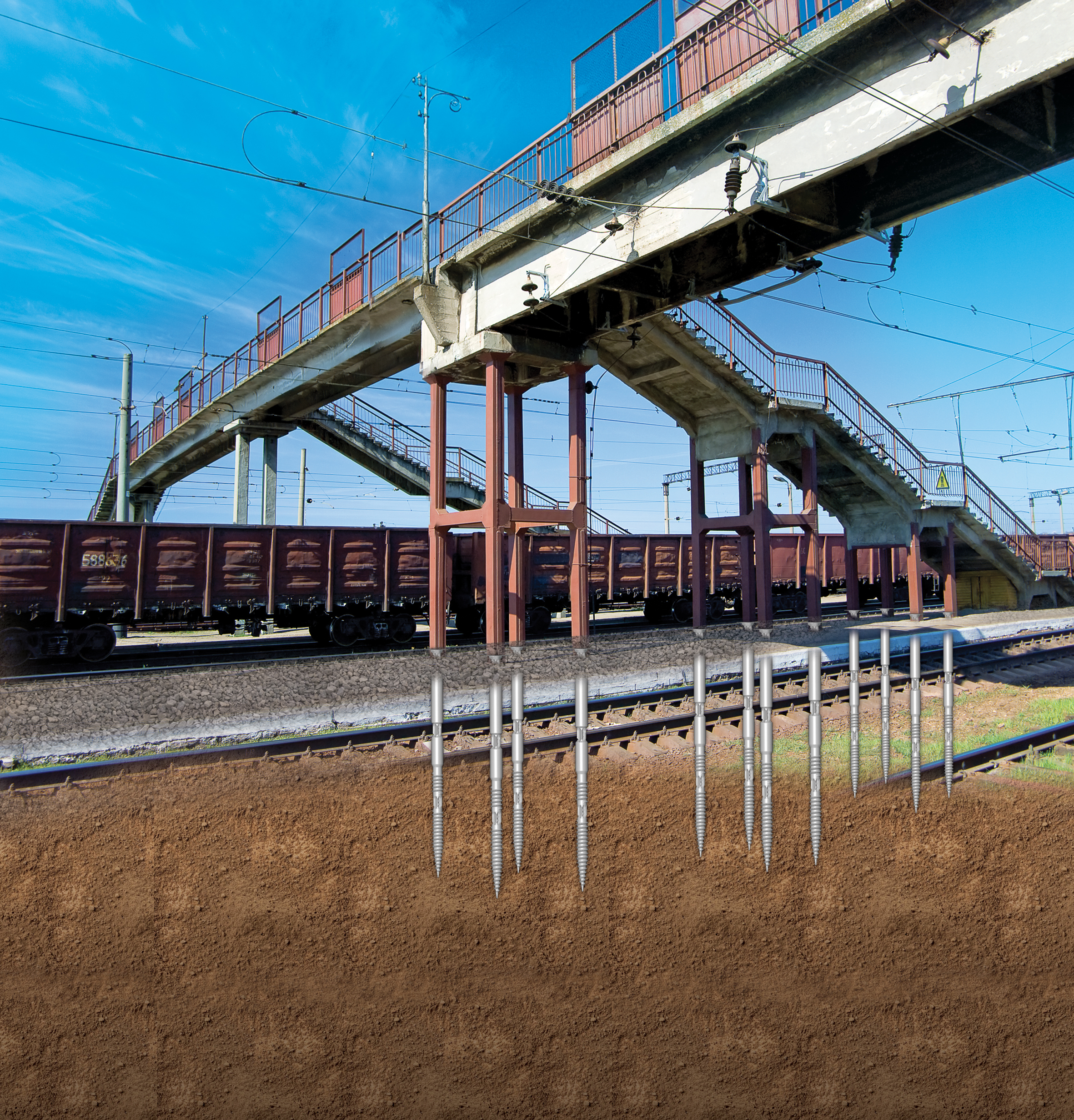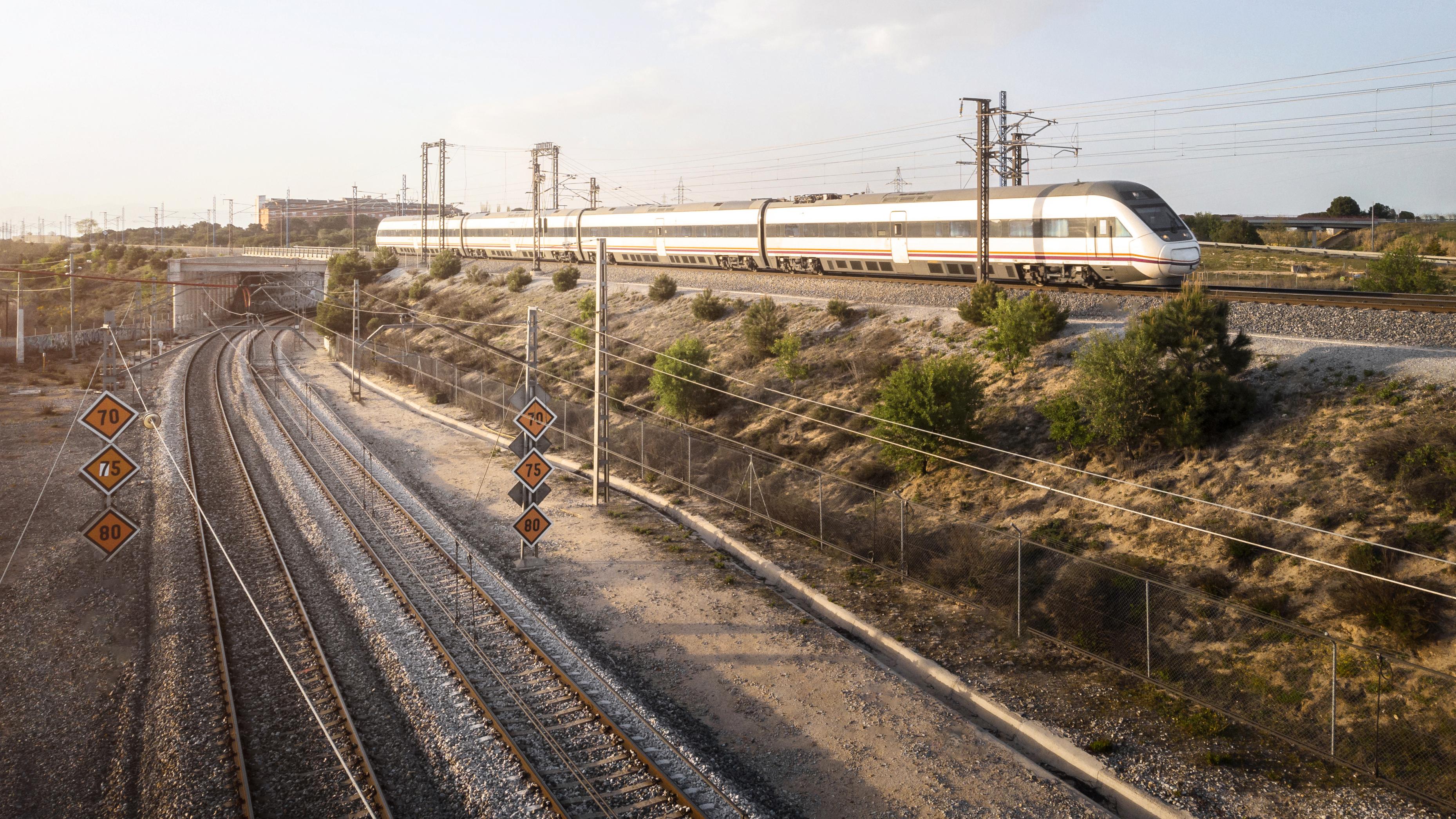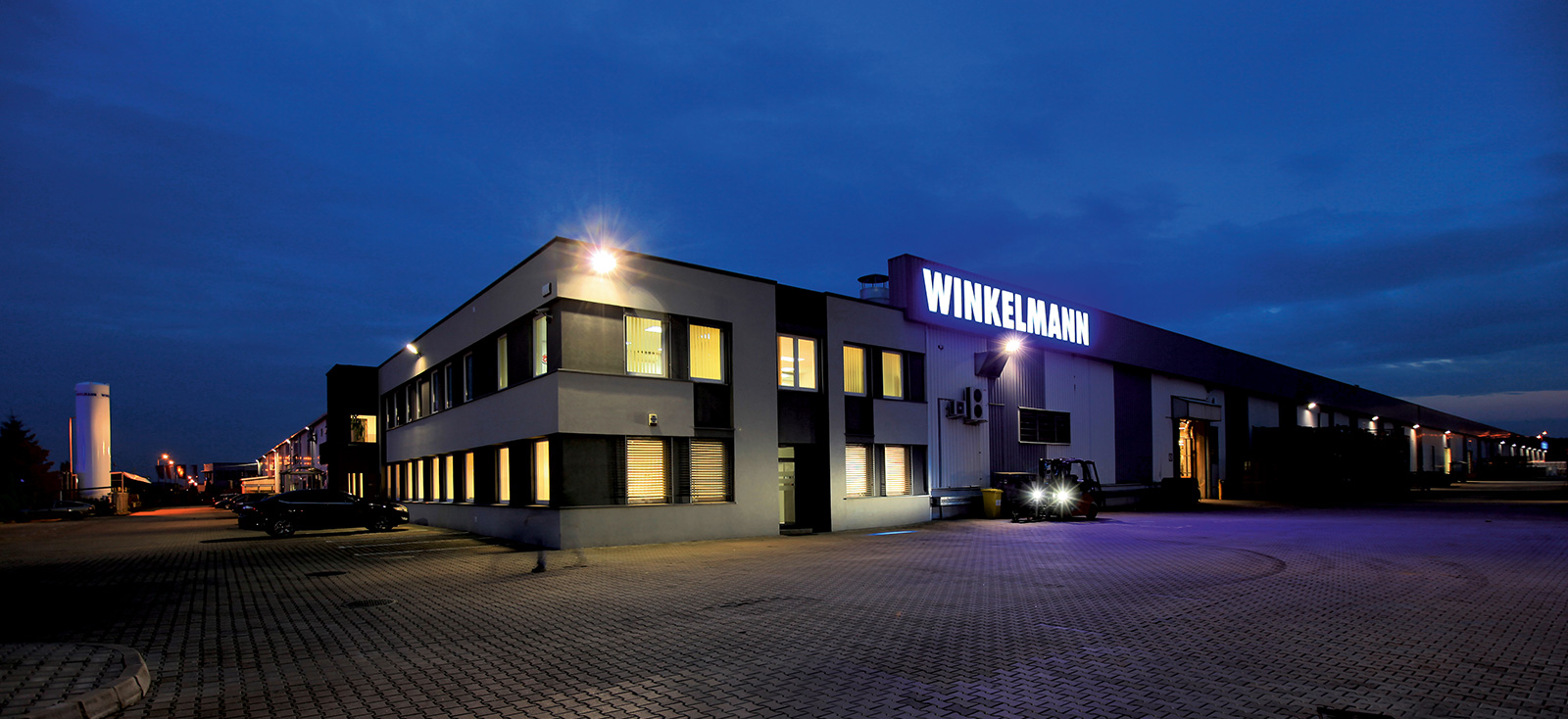Areas of Application
Foundations for railway infrastructure
The development of modern railways requires more than just advanced trains and tracks – it also demands reliable technical infrastructure, from signalling and traffic control systems to shelters, masts, technical containers, and photovoltaic systems. All of these components require stable, secure, and durable foundations – often in areas with heterogeneous soil conditions and limited accessibility.
That’s where foundation screw piles from Winkelmann Foundation Screw (WFS) come into play – a solution that performs just as well in railway infrastructure as it does on industrial or residential construction sites.
Railway foundations without excavation, concrete – or delays
Traditional foundation works near rail tracks often come with serious limitations: difficult logistics, restricted equipment access, the need for track closures, and wet works dependent on weather conditions. WFS foundation screw piles eliminate all these issues entirely.
Installation requires no excavation, no concrete, no delivery or assembly of formwork or rebar. The foundation is screwed directly into the ground – whether cohesive or non-cohesive – using self-propelled rigs or manual screw-driving equipment, depending on site access. The result? A stable base for any infrastructure component – ready within a single day.
Engineered for rail – even in challenging conditions
The displacement foundation screw piles used in the WFS system do not disturb the soil structure – on the contrary, they compact it, thereby increasing bearing capacity. As a result, piles can be installed directly next to tracks, on embankments, in waterlogged areas, or in locations inaccessible to heavy equipment. Their threaded screw shaft penetrates the ground without vibrations, eliminating the risk of settlement of adjacent structures or disturbance of the railway trackbed.
The modular nature of the system (allowing segment-by-segment assembly of the pile) enables precise depth adjustment based on geotechnical data – a major advantage in railway infrastructure projects, where soil conditions can vary significantly even within a single construction site.


Real-world applications – beyond masts
WFS screw piles are used in railway infrastructure for the foundation of, among others:
signal and traction masts,
technical containers and control cabinets,
passenger shelters and noise barriers,
support structures for overhead lines,
ground-mounted PV installations on railway property.
Another key benefit is the ability to fully dismantle and relocate structures – ideal for temporary applications (e.g., construction compounds or provisional stops). This also supports land restoration efforts – unlike concrete foundations, screw piles leave no trace and can be removed without ground disruption.
Certified durability – meeting railway standards
WFS foundations meet all technical and quality requirements for civil engineering applications. They are manufactured in accordance with EN 1090, using high-strength structural steel (S235JR, J0, J2), and protected via hot-dip galvanizing. Their load-bearing capacity is calculated based on local soil data and verified through load tests in accordance with EN ISO 22477 and EA-Pfähle guidelines.
This means they are suitable even for applications involving significant vertical and horizontal loads – on both continuous and point-supported railway subgrades.
Logistics and installation tailored for railway projects
The WFS system is designed for maximum efficiency: manufacturing is based in Poland, components are rapidly available, transportation is flexible, and there is a dedicated network of certified installation partners throughout Europe. Piles are delivered in compact segments, easily transported to site by light utility vehicles – with no need for cranes or concrete mixers.
Depending on design requirements, optional components are also available: vertical and horizontal boosters (for enhanced bearing capacity), connector plates, cross-beams – all engineered individually for the specific application.
Conclusion – the railway of the future needs foundations of the future
Rail investments are not only about lines and tracks – they also involve an entire supporting infrastructure, whose quality and reliability directly impact safety and punctuality. Winkelmann Foundation Screw piles offer a technology perfectly aligned with the needs of modern rail infrastructure: fast, durable, sustainable, and certified.
If rail is to be green, modern, and resilient to climate challenges – it needs to start with the right foundations.
And those foundations... can simply be screwed in.


Do you have a project or a question?
Are you interested in our offer?